Home>Maintenance & Safety>Emergency Preparedness>How Long Can You Run A Backup Generator
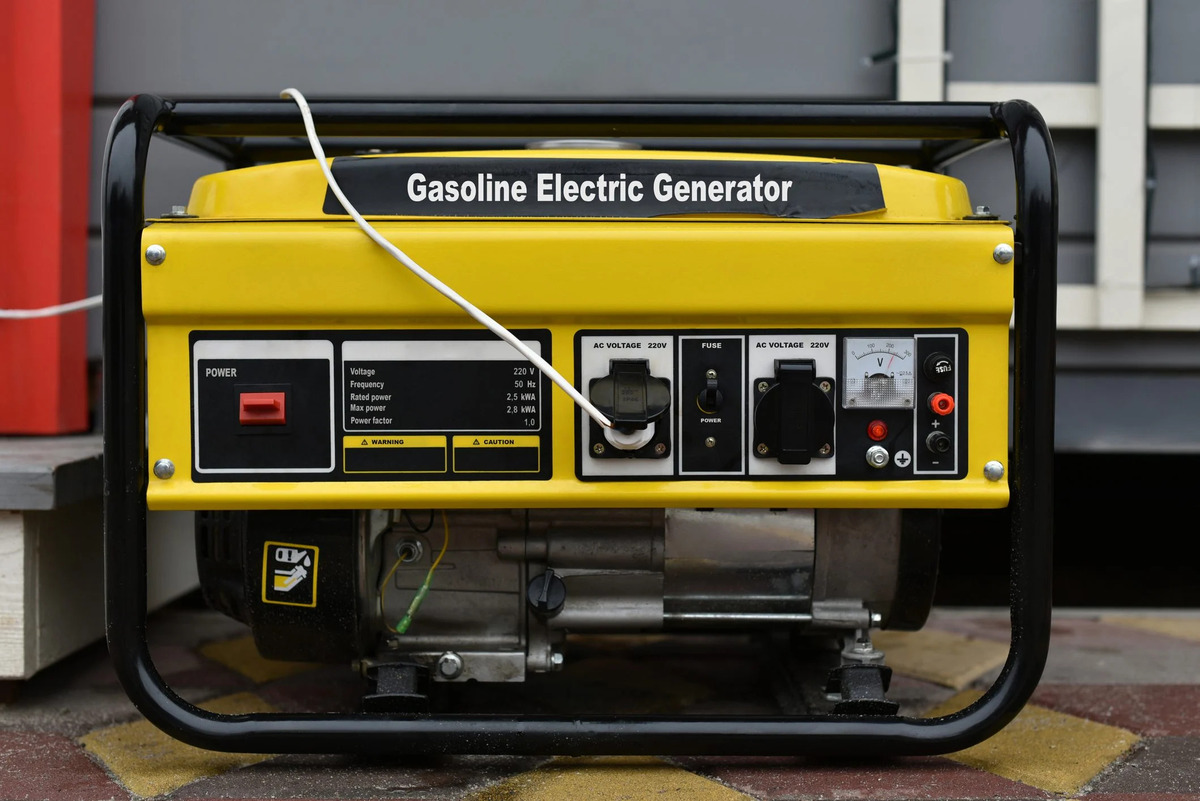

Emergency Preparedness
How Long Can You Run A Backup Generator
Modified: January 4, 2024
Ensure your emergency preparedness with our guide on how long you can run a backup generator. Learn the essential tips for staying powered during outages.
(Many of the links in this article redirect to a specific reviewed product. Your purchase of these products through affiliate links helps to generate commission for Storables.com, at no extra cost. Learn more)
Introduction
Read more: How Long Can You Run Electrical Wire
Introduction
When disaster strikes, having a backup generator can be a saving grace. From power outages caused by severe weather to unexpected electrical failures, a reliable generator can keep the lights on and essential appliances running. However, the duration for which a backup generator can operate is a crucial factor in emergency preparedness. Understanding the factors that influence generator runtime is essential for ensuring that your backup power source can meet your needs during an outage.
In this comprehensive guide, we will explore the various elements that impact the runtime of a backup generator. From fuel capacity and consumption to maintenance requirements and environmental conditions, we will delve into the critical considerations that determine how long a generator can sustain power output. Additionally, we will discuss the different types of generators available and their respective capabilities.
Whether you are a homeowner seeking to safeguard your family during power disruptions or a business owner aiming to maintain operations in the face of electrical failures, this article will provide valuable insights into maximizing the effectiveness of your backup power solution. Let's embark on a journey to uncover the intricacies of generator runtime and empower ourselves with the knowledge needed to navigate emergency situations with confidence.
Key Takeaways:
- Generators with larger fuel tanks and lower fuel consumption can run for a longer time. Regular maintenance and servicing are crucial for keeping a generator running smoothly during emergencies.
- Environmental conditions like extreme temperatures and exposure to moisture can affect a generator’s performance. Understanding these factors helps maximize a generator’s effectiveness during power outages.
Factors Affecting Generator Runtime
Several key factors play a significant role in determining the runtime of a backup generator. Understanding these factors is essential for effectively planning and managing power needs during an outage or emergency situation. Let’s explore the primary elements that influence generator runtime:
- Fuel Capacity and Consumption: The fuel capacity of a generator, along with its consumption rate, directly impacts how long it can provide power. Generators with larger fuel tanks and lower fuel consumption rates can operate for extended periods without requiring refueling. It’s crucial to assess the fuel efficiency of a generator when evaluating its suitability for prolonged use.
- Maintenance and Service: Regular maintenance and timely servicing are vital for ensuring optimal performance and longevity of a generator. Neglected maintenance can lead to decreased efficiency and potential malfunctions, ultimately affecting the generator’s ability to run for an extended duration. Proper upkeep is key to maximizing runtime.
- Environmental Conditions: The operating environment significantly influences a generator’s performance. Extreme temperatures, high humidity, and exposure to elements can impact the efficiency of a generator, affecting its ability to sustain power output over an extended period. Understanding the environmental conditions in which the generator will operate is crucial for accurate runtime estimations.
By considering these factors, individuals and organizations can make informed decisions when selecting and utilizing backup generators, ensuring that their power needs are effectively met during emergencies and outages.
Fuel Capacity and Consumption
The fuel capacity and consumption rate of a generator are pivotal factors that directly impact its runtime. Generators are designed with varying fuel tank sizes and consumption rates, influencing the duration for which they can provide power. Let’s delve into the significance of fuel capacity and consumption in determining generator runtime:
Fuel Capacity: The fuel capacity of a generator refers to the volume of fuel it can hold. Generators with larger fuel tanks can store more fuel, allowing for prolonged operation without the need for frequent refueling. When assessing the suitability of a generator for extended use, evaluating its fuel capacity is crucial. Larger fuel tanks are particularly advantageous in scenarios where access to refueling facilities may be limited during prolonged outages or emergencies.
Fuel Consumption: The fuel consumption rate of a generator indicates how much fuel it utilizes per unit of time during operation. Generators with lower fuel consumption rates can operate for longer durations on a full tank of fuel. Understanding the fuel consumption characteristics of a generator is essential for estimating its runtime accurately. Efficient fuel consumption not only extends the operational duration but also reduces the frequency of refueling, enhancing the convenience of generator use during emergencies.
When selecting a generator, individuals and organizations should carefully consider the balance between fuel capacity and consumption rate to ensure that the chosen generator aligns with their specific runtime requirements. Additionally, prioritizing fuel efficiency can contribute to cost savings and operational convenience, making it a critical aspect of emergency preparedness.
Maintenance and Service
Regular maintenance and timely servicing are integral to ensuring the optimal performance and extended runtime of a backup generator. Neglecting maintenance can lead to decreased efficiency and potential malfunctions, ultimately impacting the generator’s ability to provide power for an extended duration. Let’s explore the significance of maintenance and service in maximizing generator runtime:
Preventive Maintenance: Scheduled preventive maintenance, including regular inspections, oil and filter changes, and component checks, is essential for preserving the efficiency and reliability of a generator. By adhering to a structured maintenance regimen, potential issues can be identified and rectified promptly, minimizing the risk of unexpected breakdowns and ensuring that the generator remains capable of sustained operation.
Component Servicing: Components such as the engine, fuel system, and electrical components require periodic servicing to maintain their functionality. Over time, wear and tear can affect the performance of these components, potentially reducing the generator’s ability to operate continuously. Routine servicing and component replacements, when necessary, contribute to sustaining the generator’s runtime capabilities.
Emergency Preparedness: Incorporating generator maintenance into an overarching emergency preparedness plan is vital for ensuring its reliability during critical situations. Regular maintenance not only extends the generator’s operational lifespan but also enhances its readiness to provide sustained power output when needed most. By prioritizing maintenance as a component of emergency preparedness, individuals and organizations can mitigate the risk of downtime during power outages and emergencies.
By emphasizing proactive maintenance and timely servicing, generator owners can optimize the runtime and reliability of their backup power source. Additionally, partnering with qualified service providers and adhering to manufacturer-recommended maintenance schedules are essential practices for maximizing the effectiveness of a backup generator in emergency scenarios.
Make sure to regularly maintain your backup generator to ensure it runs smoothly when needed. This includes checking the oil, fuel, and battery, as well as running it for a short period every few months.
Read more: How To Install A Backup Generator
Environmental Conditions
The environmental conditions in which a generator operates play a pivotal role in determining its performance and, consequently, its runtime. Understanding the impact of environmental factors is crucial for accurately assessing a generator’s capabilities and optimizing its effectiveness during power outages and emergencies. Let’s explore the significance of environmental conditions in relation to generator runtime:
Temperature Extremes: Generators are sensitive to temperature variations, with extreme heat or cold potentially affecting their efficiency. High temperatures can lead to overheating, while excessively low temperatures may impede the starting and operation of the generator. Assessing the temperature range within which the generator will operate is essential for estimating its runtime under varying climatic conditions.
Humidity and Moisture: High humidity levels and exposure to moisture can impact the electrical components and overall performance of a generator. Moisture ingress can lead to corrosion and electrical malfunctions, potentially reducing the generator’s ability to sustain power output over an extended duration. Implementing measures to protect the generator from excessive moisture is crucial for maintaining its operational reliability.
Exposure to Elements: Generators installed in outdoor or exposed locations are susceptible to the effects of environmental elements such as dust, debris, and airborne particles. Regular cleaning and protective measures are essential for safeguarding the generator from environmental contaminants that can compromise its performance and longevity. Assessing the level of exposure to elements is critical for anticipating the impact on generator runtime.
By considering these environmental factors, generator owners can implement appropriate measures to mitigate their effects and optimize the generator’s performance during emergencies. Additionally, selecting suitable installation locations and implementing protective measures can contribute to maximizing the operational lifespan and sustained runtime of backup generators in diverse environmental conditions.
Types of Generators
When considering backup power solutions, it’s essential to understand the different types of generators available and their respective capabilities. Each generator type offers unique features and benefits, influencing its suitability for specific applications and runtime requirements. Let’s explore the primary types of generators and their relevance in emergency preparedness:
Portable Generators: Portable generators are versatile and convenient power sources that can be easily transported and deployed as needed. They are ideal for providing temporary backup power to essential appliances and equipment during outages. While portable generators offer mobility and quick setup, their runtime is typically limited by smaller fuel tanks and higher fuel consumption rates compared to larger, stationary models.
Standby Generators: Standby generators are permanent fixtures that are installed on-site to provide continuous backup power to homes, businesses, and critical facilities. These generators are designed for extended runtime, often equipped with larger fuel tanks and more efficient fuel consumption systems. Standby generators seamlessly activate during power outages, ensuring uninterrupted power supply for prolonged durations without the need for manual intervention.
Inverter Generators: Inverter generators are known for their fuel efficiency and quiet operation, making them suitable for applications where noise levels and fuel consumption are significant considerations. While inverter generators may have smaller fuel tanks, their advanced technology enables them to optimize fuel usage, contributing to extended runtime while maintaining a compact and portable design.
By understanding the characteristics and capabilities of different generator types, individuals and organizations can make informed decisions when selecting the most suitable backup power solution for their specific needs. Assessing factors such as fuel capacity, fuel consumption, and runtime capabilities enables stakeholders to align their emergency preparedness strategies with the optimal generator type for sustained power provision during outages and unforeseen circumstances.
Conclusion
As we conclude our exploration of generator runtime and its determining factors, it becomes evident that comprehensive understanding and strategic considerations are essential for maximizing the effectiveness of backup power solutions. The duration for which a generator can sustain power output during emergencies and outages is influenced by various elements, including fuel capacity, consumption rates, maintenance practices, environmental conditions, and the specific type of generator employed.
By carefully evaluating these factors, individuals and organizations can make informed decisions when selecting, installing, and utilizing backup generators. Prioritizing fuel efficiency, proactive maintenance, and environmental considerations contributes to optimizing generator runtime, ensuring that power needs are effectively met during critical situations. Additionally, understanding the capabilities of different generator types enables stakeholders to align their emergency preparedness strategies with the most suitable backup power solution for their unique requirements.
Emergency preparedness is a multifaceted endeavor, and the role of backup generators in safeguarding against power disruptions is paramount. By integrating the insights gained from this guide into emergency preparedness plans, individuals and organizations can enhance their resilience and readiness to navigate unforeseen challenges with confidence.
Ultimately, the ability of a backup generator to provide sustained power during emergencies is a testament to the proactive measures taken to mitigate the impact of power outages and ensure continuity in critical operations. With a comprehensive understanding of generator runtime factors and prudent decision-making, stakeholders can fortify their preparedness and resilience in the face of unforeseen circumstances, empowering them to weather challenges and emerge unscathed.
Frequently Asked Questions about How Long Can You Run A Backup Generator
Was this page helpful?
At Storables.com, we guarantee accurate and reliable information. Our content, validated by Expert Board Contributors, is crafted following stringent Editorial Policies. We're committed to providing you with well-researched, expert-backed insights for all your informational needs.
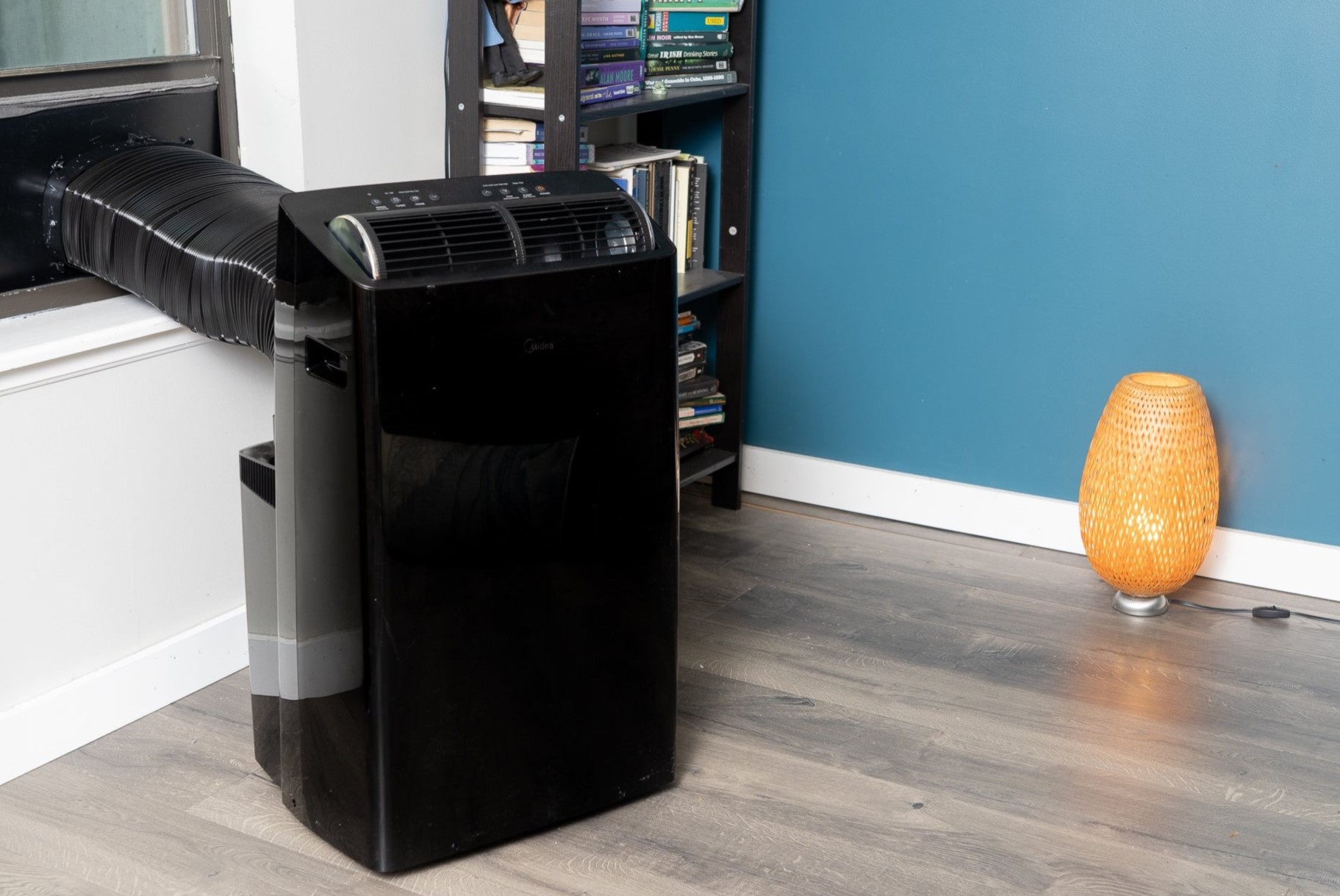

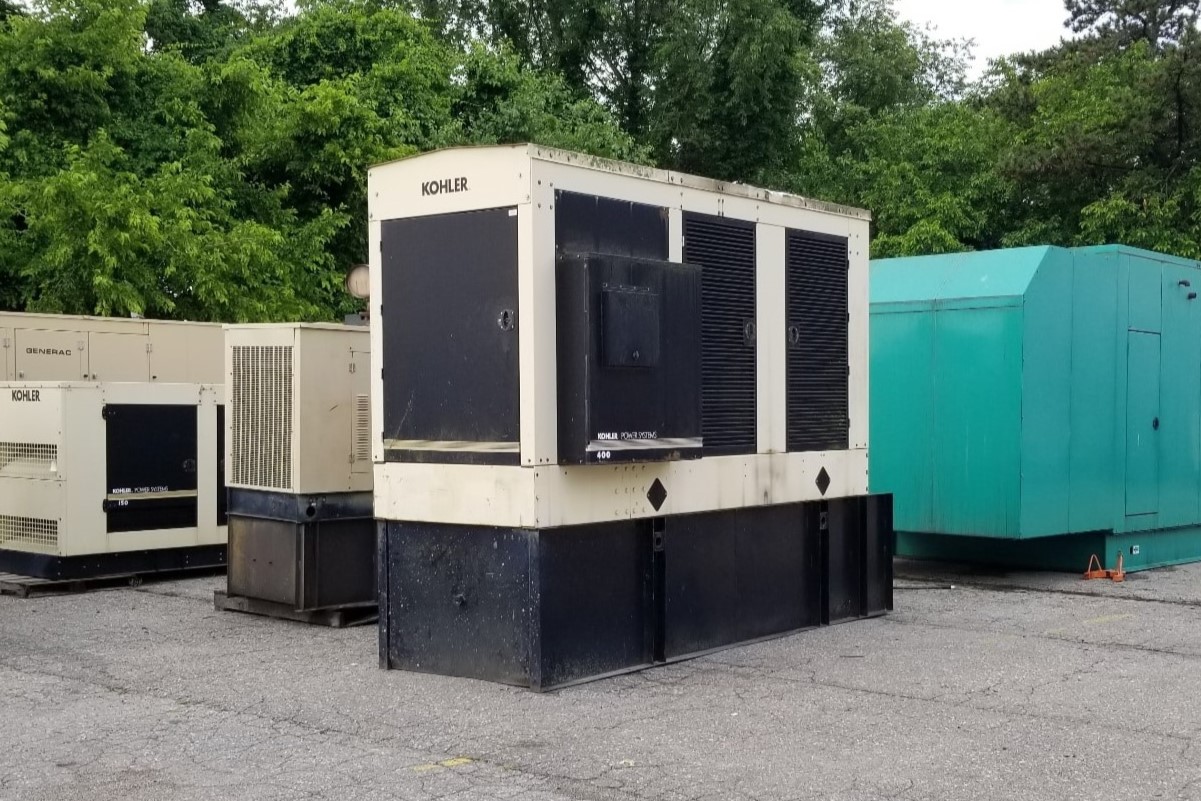
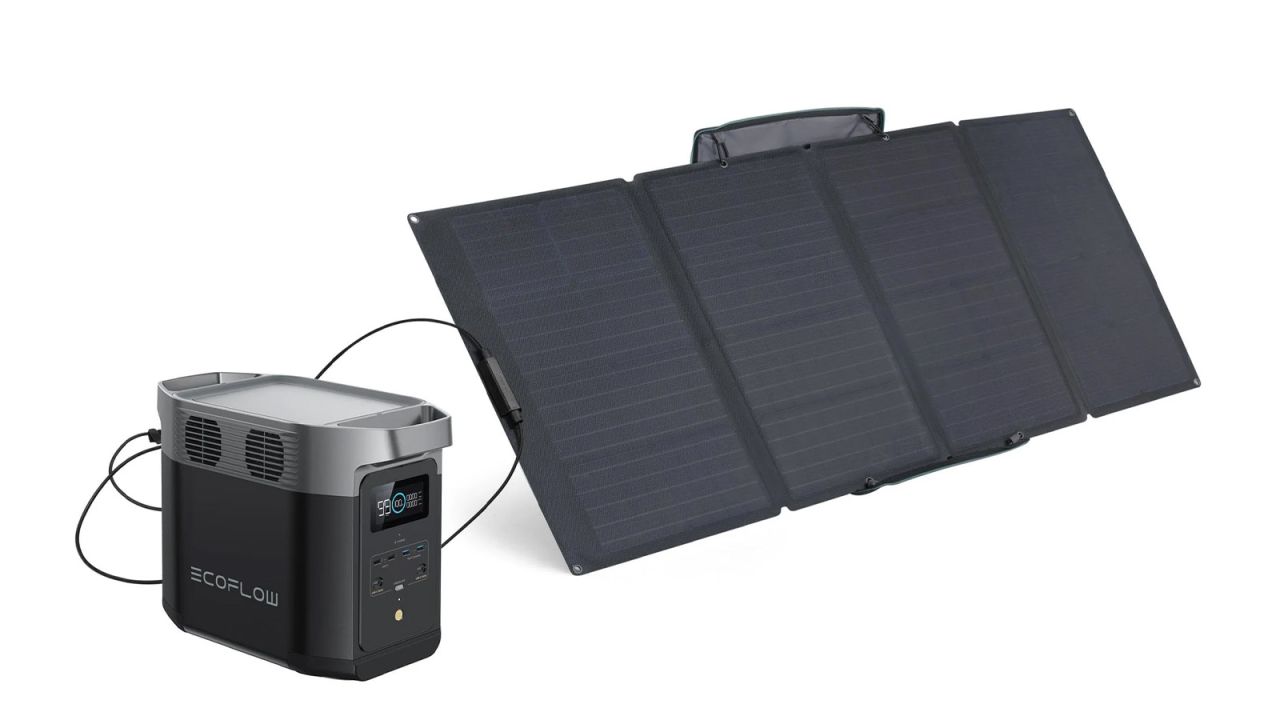
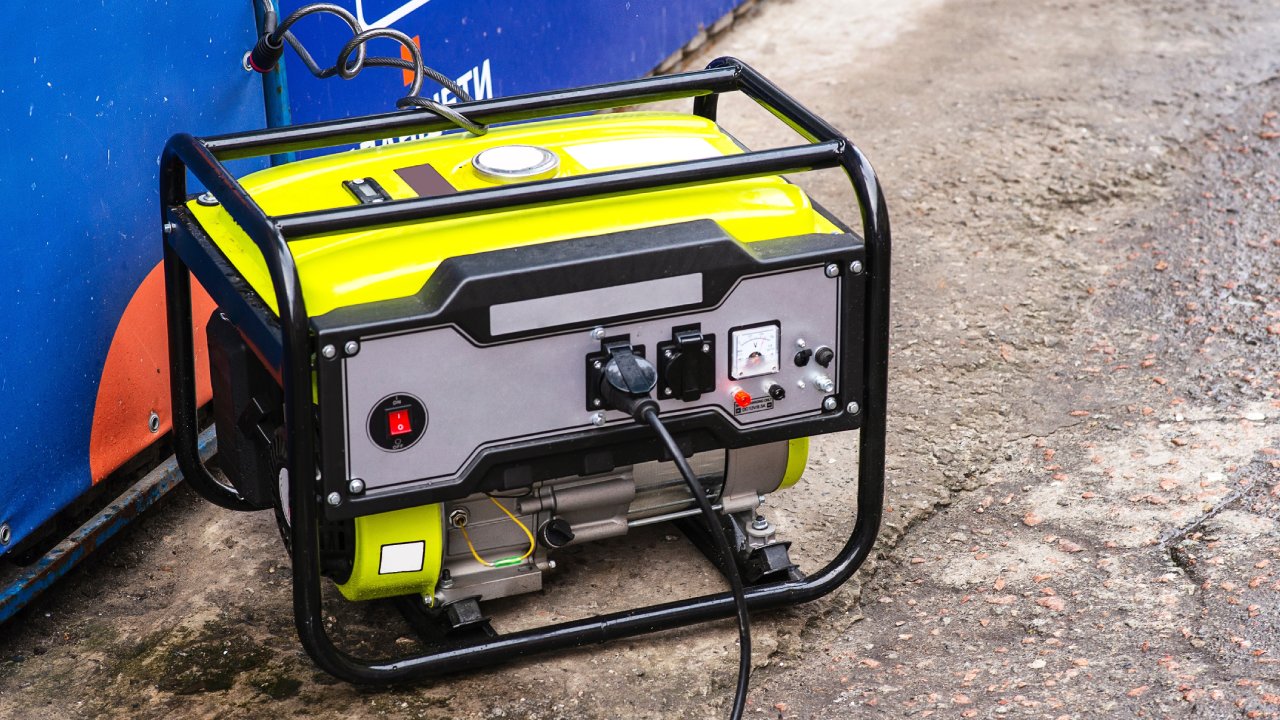

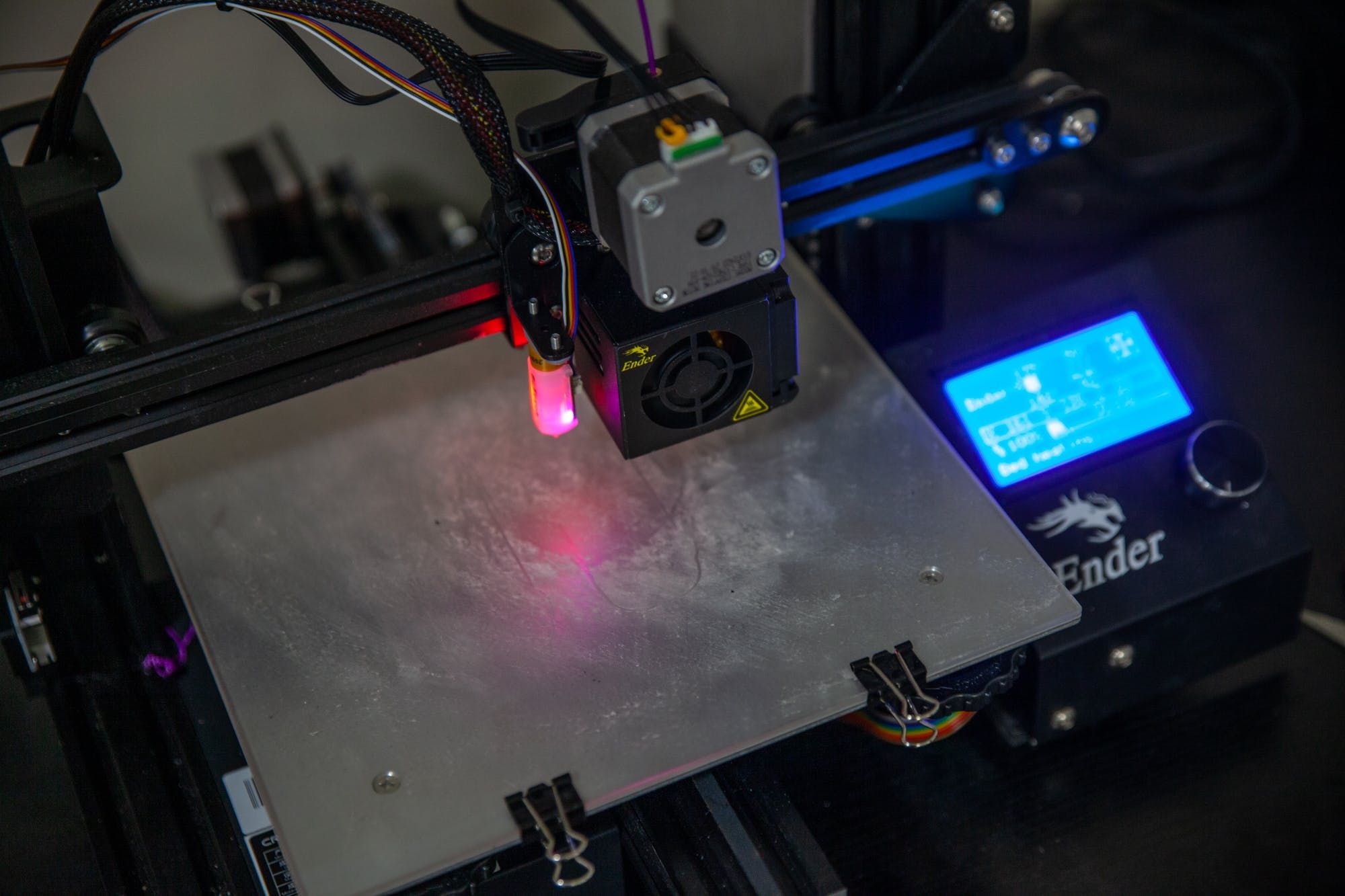
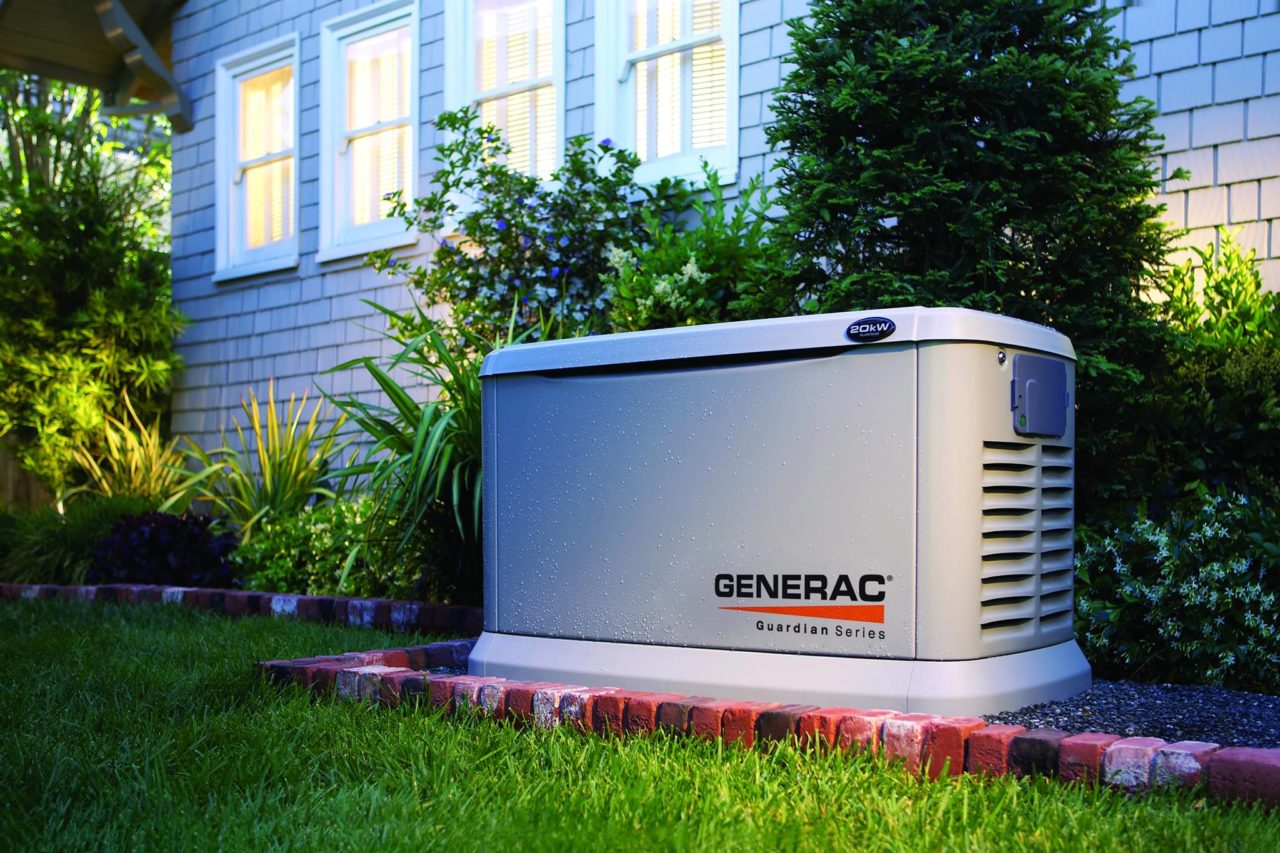
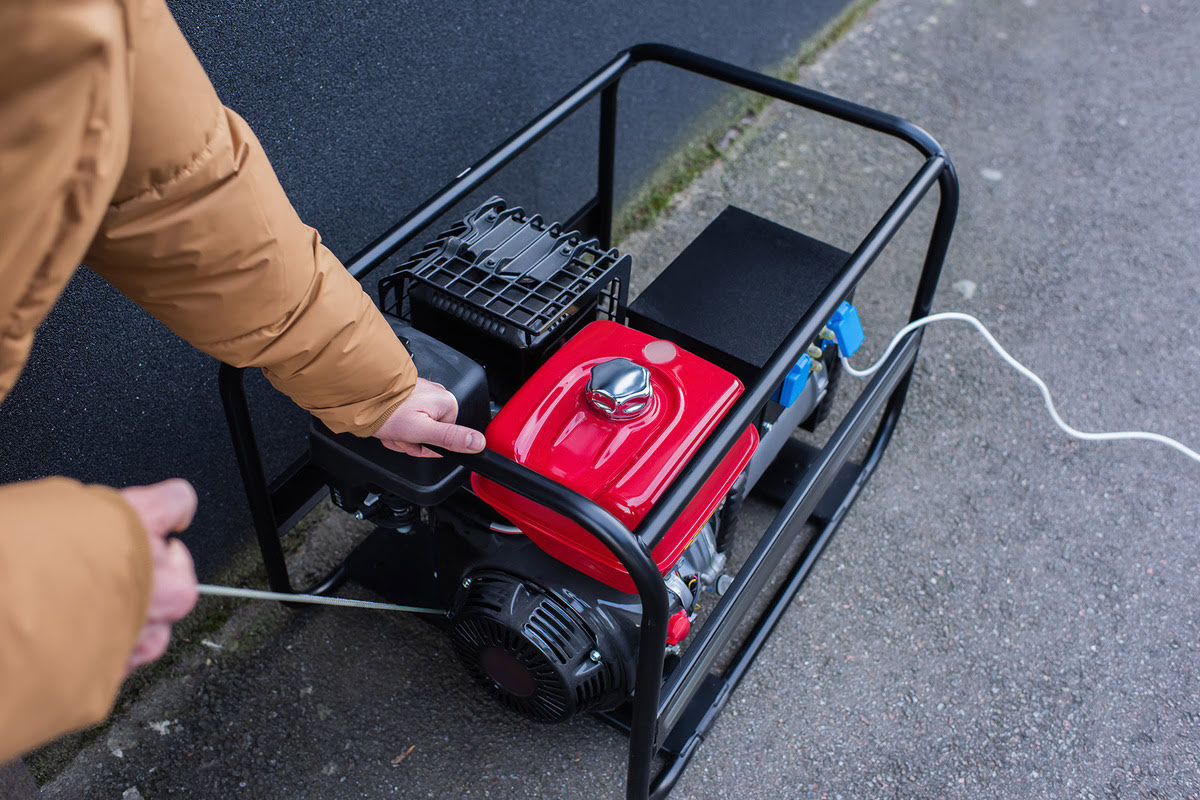

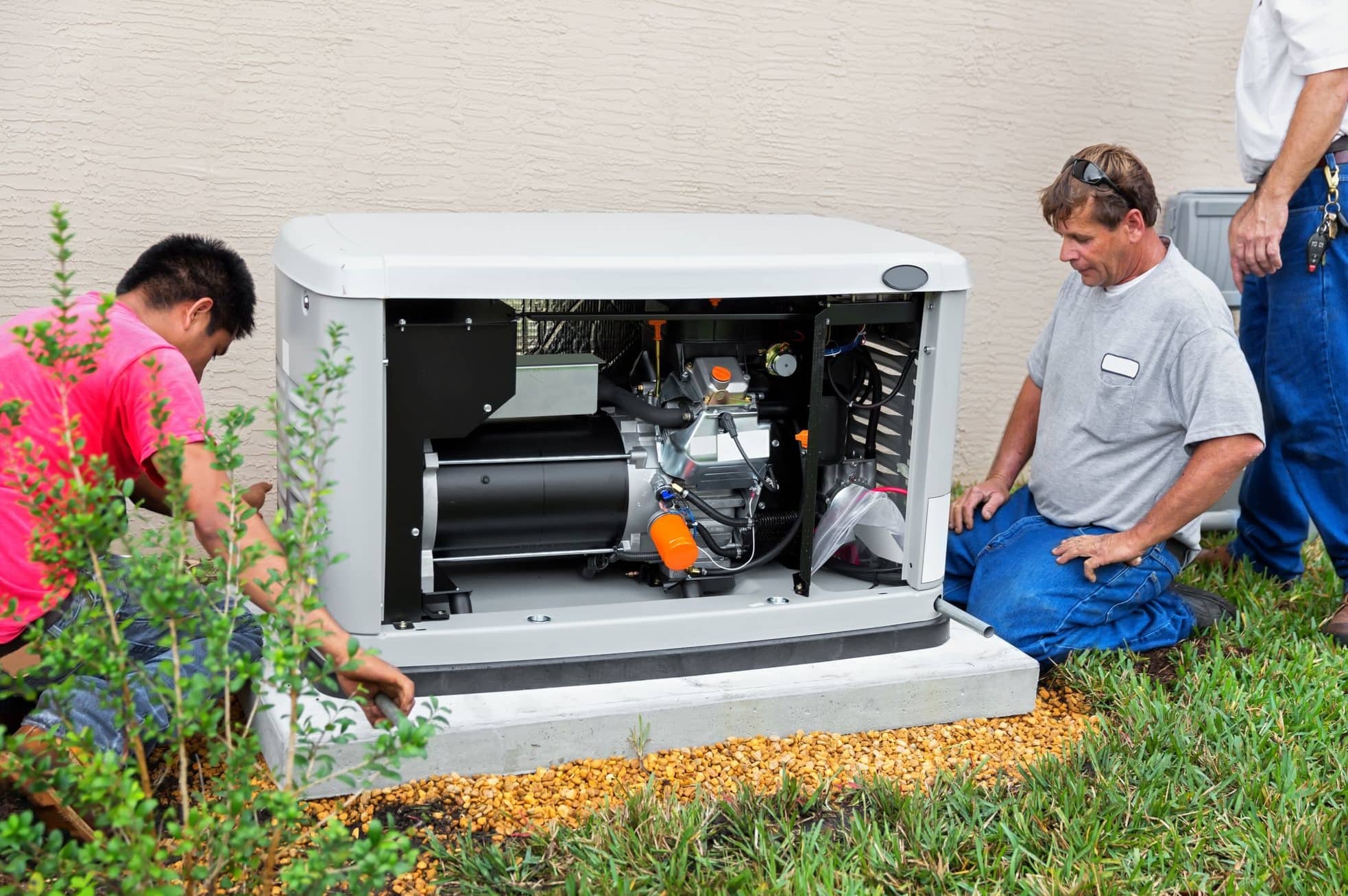
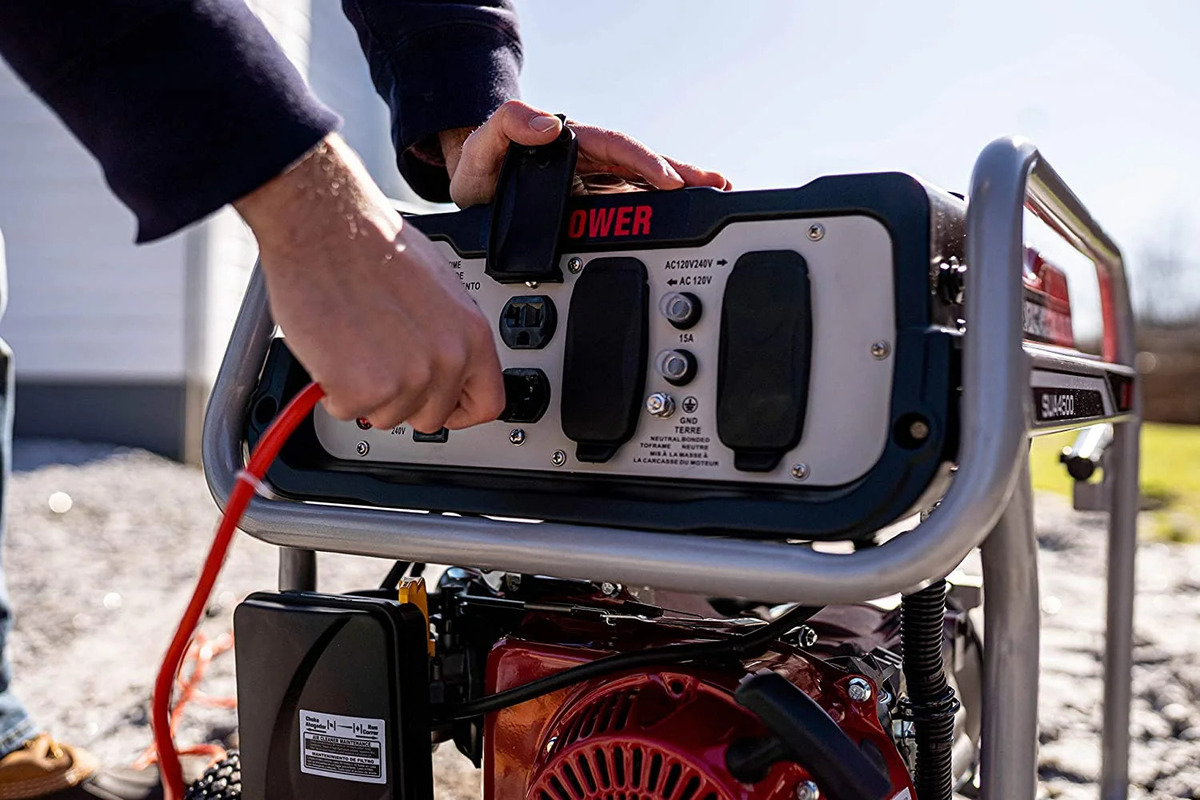
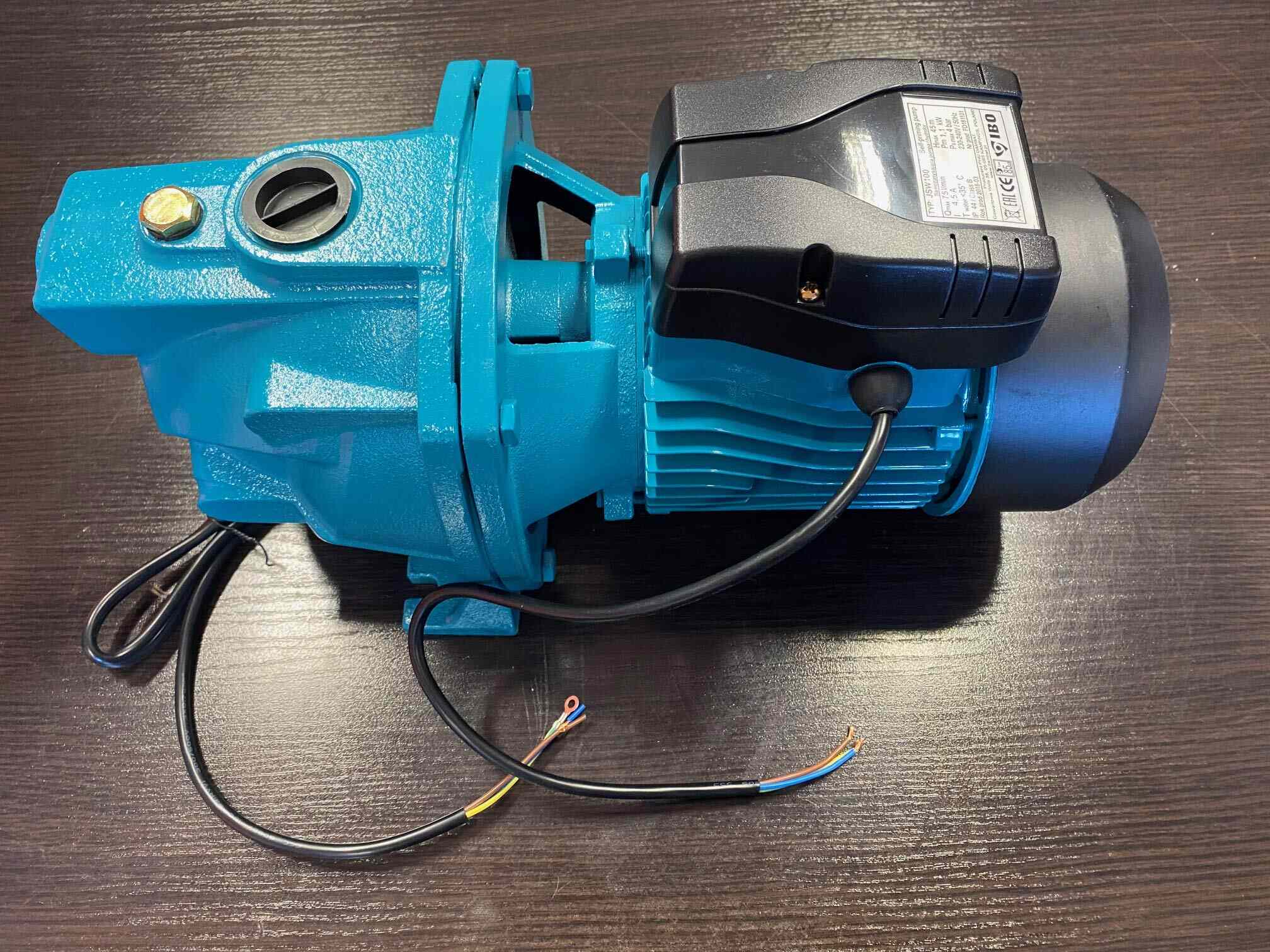


0 thoughts on “How Long Can You Run A Backup Generator”